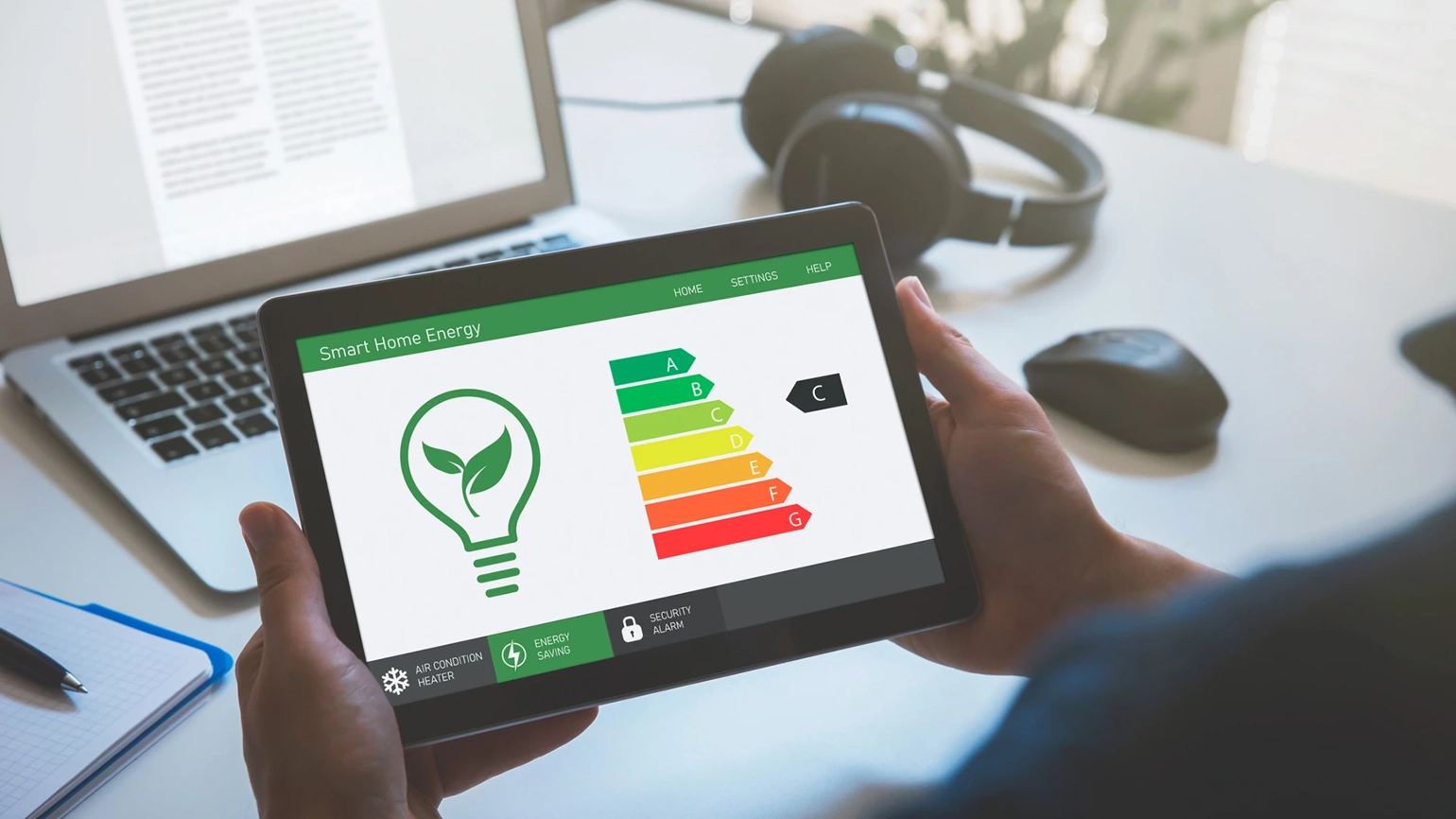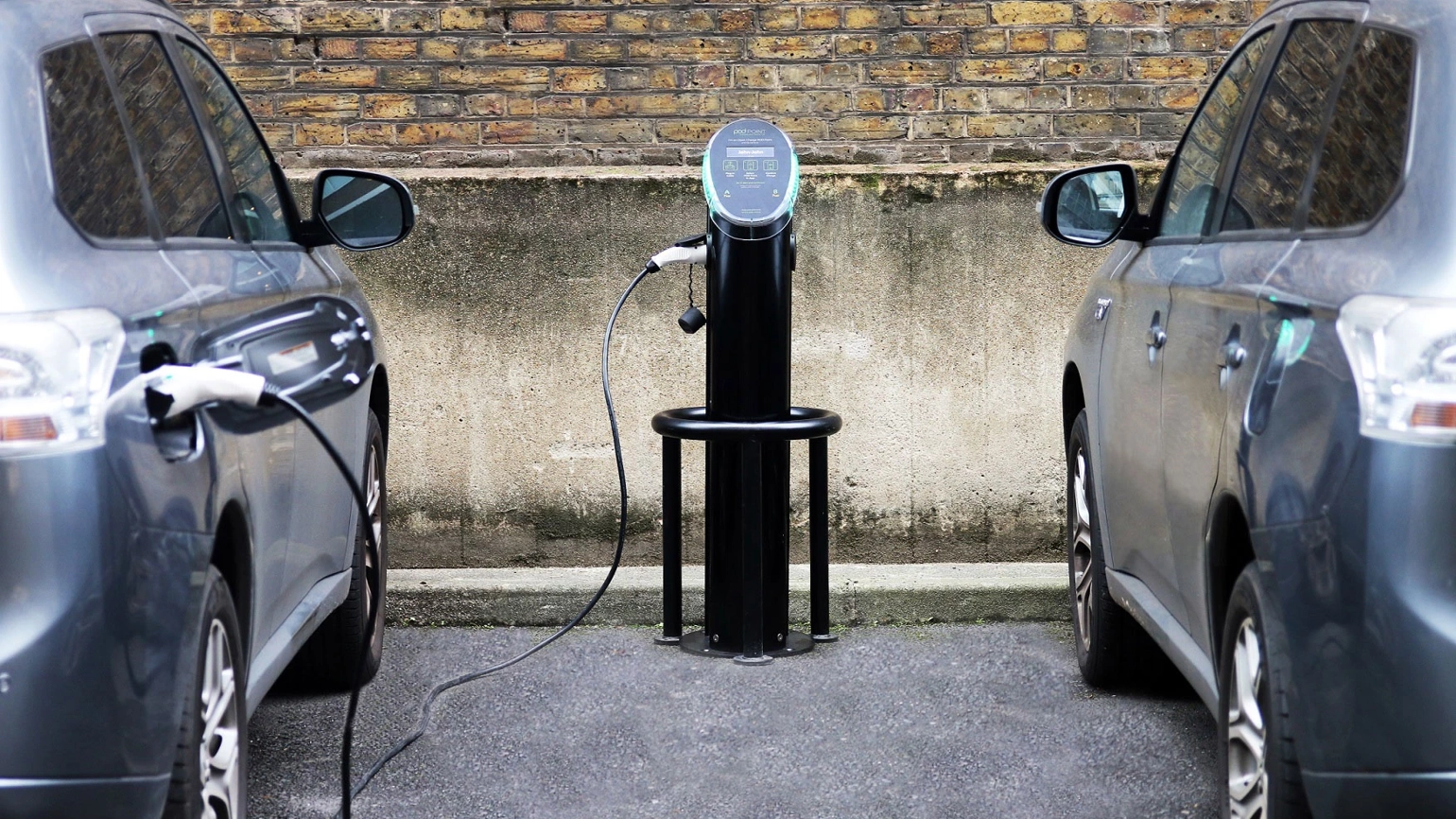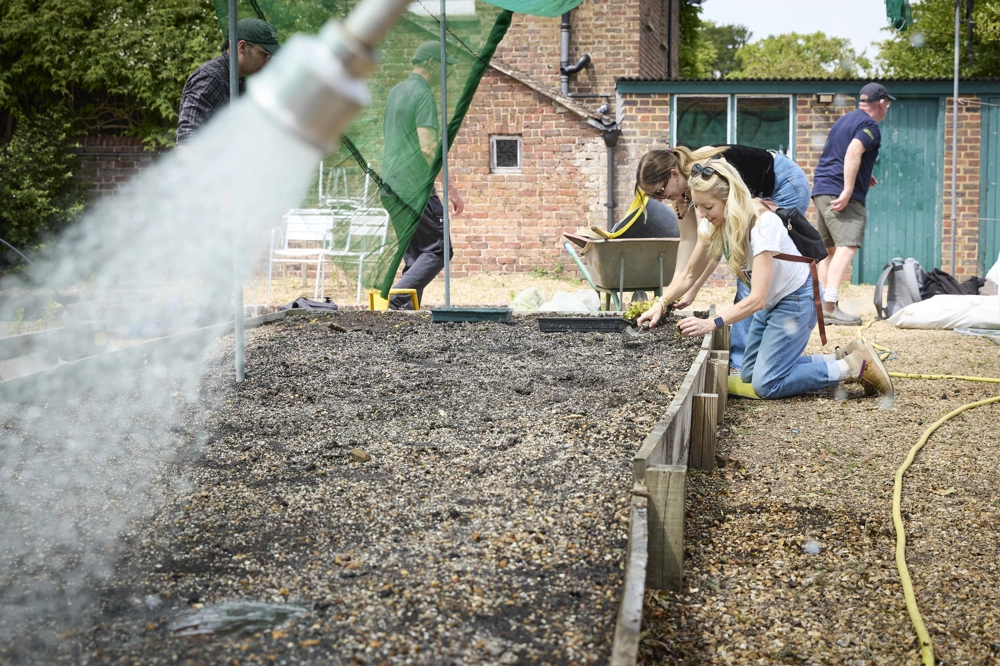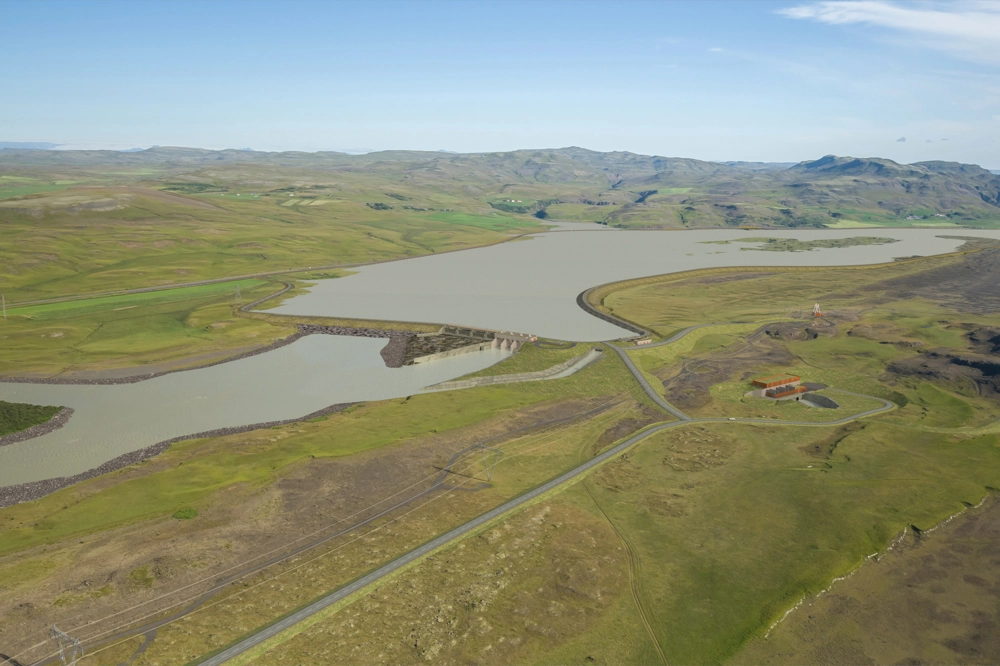The UK government net zero target is to reduce greenhouse gas emissions to net zero by 2050, in line with the 2015 Paris Agreement on climate change. We are actively supporting that goal.
At Legal & General, addressing climate change is one of our six strategic growth drivers and we are committed to achieving net zero emissions by 2050.
We invest in clean infrastructure such as wind farms, solar parks and net zero-ready homes to end our reliance on carbon-based fossil fuels. And we support research and development into the technologies that will help to reduce carbon dioxide emissions in the future. Our Climate Transition Plan has three pillars:
- Invest: we are incorporating climate into how we invest our £81.6bn of proprietary assets with the aim of achieving carbon net zero emissions intensity by 2050. There are also interim milestones of an 18.5% reduction by 2025 and 50% by 2030.
- Influence: we are using our influence as an asset manager to promote a 1.5° net zero transition. Our aim is to have 70% of our assets under management in line with net zero by 2030 and to work with clients to remove any residual emissions and reach net zero by 2050 or sooner across all of these assets.
- Operate: we are changing the way we operate to decarbonise our business and the businesses we control. As an interim step we will reduce our absolute scope 1 and 2 (those we own and control) greenhouse gas emissions by 42% by 2030.

Investing for net zero emissions
Through our net zero approach we want to ensure that our investments help the world reach its net zero emission goal. We have, for example, invested in three offshore wind farms off the coast of the UK with the capacity to provide power to two million homes and reduce emissions of greenhouse gas. These include Hornsea Project One off the Yorkshire coast, which will be the world’s largest offshore wind farm. We’ve also invested in the Walney Extension, which is in the Irish Sea off the coast of Cumbria and in the Dudgeon Offshore Wind Farm off the east coast of England. Between them these wind farms can make a significant contribution to the UK net zero strategy.
Collaboration across our organisation and with partners will be key to decarbonising and future-proofing the homes we produce. We also develop, own and operate office space and we are working hard to decarbonise these buildings too. Our efforts will help the country towards the UN Paris Agreement and the net zero 2050 goal.
“Our target is that by 2030 all homes built by Legal & General’s housing business will be capable of operating at carbon net zero emissions.”
Global Head of Real Assets - Legal & General Investment Management
We are also investing in the development and rollout of new technologies that will seek to deliver a net zero UK. These include Sero Technologies, Oxford PV, Pod Point and Tokamak Energy . These companies are leading the way in energy efficiency technology, new-generation solar panels, electric vehicle charging infrastructure, and fusion power respectively. And in May 2023, together with Octopus Energy, we turbocharged Britain’s heat pump rollout with a £70m investment in The Kensa Group, a leading player in Britain’s ground source heat pump sector, which is poised to reduce our reliance on carbon.
We are also a cornerstone investor in renewable energy funds run by Irish sustainable infrastructure firm NTR. The funds aim to use institutional finance such as pension funds to construct and operate carbon-free renewable power plants in the UK and across Europe. Our capital is seeking to deliver new clean energy capacity that will bring us closer to net zero and seek to provide an income for pensioners.

Influencing others to aim for carbon net zero
In addition to real assets, like housing and clean power generation, LGIM, our investment management business, also invests in major companies and takes an active ownership approach. The size of its investments gives it the financial muscle to influence these companies to reduce carbon emissions and work towards a future that seeks to be net zero by 2050.
It pushes for zero carbon solutions through its Climate Impact Pledge. This is a targeted engagement campaign we began in 2016 to address the systemic issue of climate change and achieving the net zero 2050 target. Initially focused on 80 companies, by 2022 it had expanded to around 1,000. We withhold investment from those that don’t meet our minimum requirements for action on climate change, from a selection of strategies.
Despite this, we recognise that change is a journey that is typically achieved in steps, not leaps. We believe that constructive engagement with companies and policymakers is the best way to deliver carbon net zero.

Net zero by 2030
The way we operate our own business is just as important as how those we invest in tackle the net zero challenge. Our key commitment is that from 2030, our core offices and business travel will be net zero. We have taken steps, such as the removal of gas and the inclusion of on-site generated electricity at our new Cardiff office. And we have restructured our company car scheme to help those travelling the most miles to drive electric cars.
Reducing global emissions has become critical. How we manage our own business and the businesses we control is critical to emissions reduction and the success of our zero carbon strategy. From the offices our people use and the way we choose to travel, to the asset we manage and homes we build, all of these activities build and shape our carbon footprint and our impact on global warming. Each presents a challenge and opportunities on our journey to net zero.
Key risks
The value of an investment and any income taken from it is not guaranteed and can go down as well as up, you may not get back the amount you originally invested. Past performance is no guarantee of future results.




